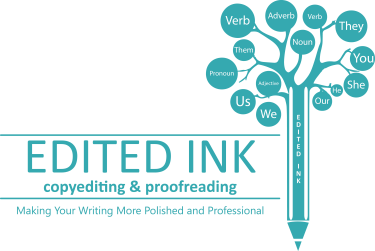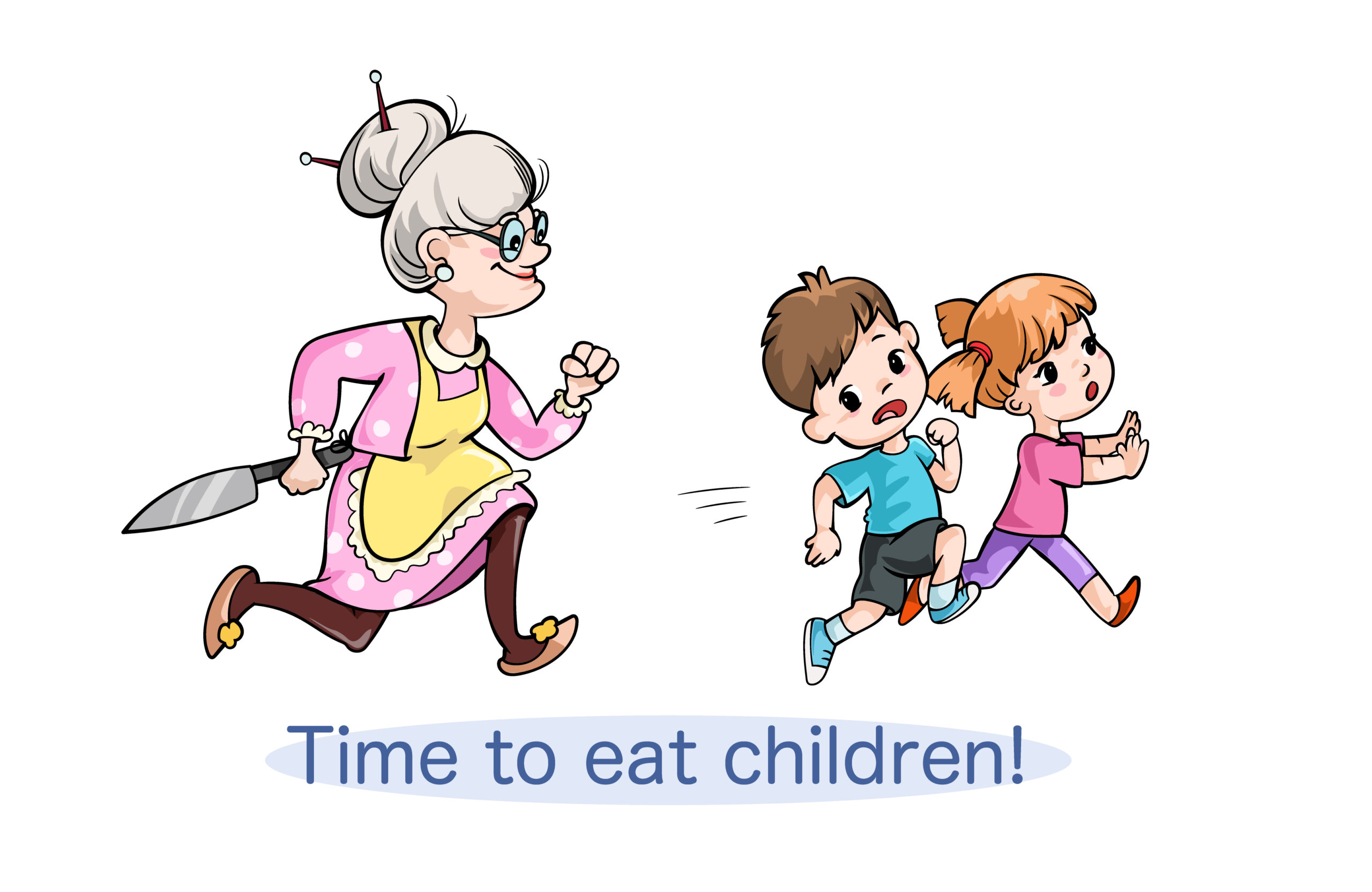What does a copy editor do?
A copy editor works behind the scenes to make an author’s words shine, while still maintaining the author’s voice or style. By offering advice, comments and even encouragement, editors help writers polish their writing for publication.
The English language is complex, borrowing words from different languages and making them our own. There are even differences between American and English spellings. Copyediting requires proficiency with language usage to prevent confusion.
Why is that important?
Without using proper grammar, misreading of copy can occur. When misreading occurs, misunderstanding can follow. Depending upon the written material, that misunderstanding has the potential to be catastrophic (in newspapers) or bad for business (in a published book or article).

Copy editors look for problems and solve them. Copyediting includes organization and focus of material; the clarity of an idea or concept; consistency in terms and tone, as well as theme and style; and includes maintaining topography and graphic appearance.
Revisions, such as changing words and recasting a sentence or paragraph to improve clarity and readability, might be suggested. Some editors do research, verify facts, and confirm sources. And, because of a crossover between duties, a copy editor might be a proofreader as well.
Copy editors keep excessive adjectives and adverbs in check, as well as substituting active verbs for passive ones to make reading more enjoyable. They tighten writing by eliminating redundant words, phrases and sometimes sentences. All this is in service of helping the reader process the written material smoothly, which is the copy editor’s raison d’être.
Following are some of the tools a copy editor uses:
- Microsoft Word and Track Changes for suggestions and comments
- Proofreader marks (for publishing edits); most editors like to edit first on paper
- Dictionaries: the most used are The Merriam-Webster Collegiate Dictionary, Webster’s New World Dictionary, and the New Oxford American Dictionary
- Style Guides: the main ones are The Chicago Manual of Style (used mostly for book publishing) and The Associated Press Stylebook (used mainly for newspapers and magazines). The most important style guide is the one used by the company hiring an editor: that company’s style guide tops all others.
The reason for writing is to engage the reader—whether for an annual report or employee handbook, website or blog, newsletter or catalog—and a good copyedit can smooth the flow of words so text is the best it can be.

